

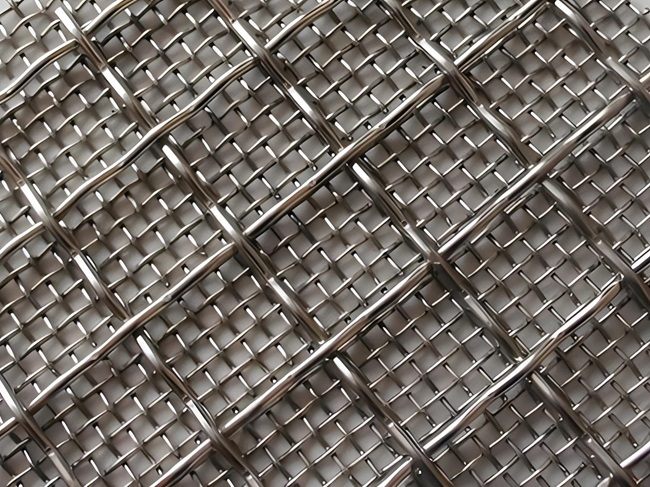
Crimped Wire Mesh
Material: Steel, Stainless Steel, Aluminum, Super Alloy, Copper, Brass, Bronze
Type: Precrimped Woven Wire
Weaving Type: Double Crimp, Inter Crimp, Flat top, Lock crimped
Wire Diameter: Custom made
Opening Size: Custom made
Width: Custom made, up to 4000MM
Length: Custom made up to 6000MM
GET A QUOTE
Crimped wire mesh is one of the popular varieties of woven wire mesh, which involves a metal mesh made from wires that were crimped in advance. The need for 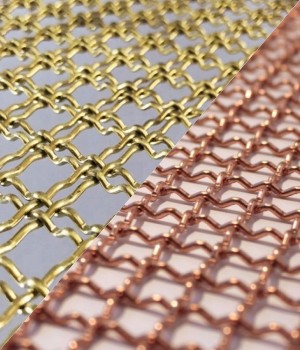 such type of wire mesh arises when the required diameter of the wire exceeds standard loom capabilities for weaving or when opening size requirements surpass those that can be accommodated by the regular weaving process as a result of the diameter being too small. As a result, the technique of crimping was developed to improve the hardness and stiffness of metallic wires. And these make panels are precisely woven maintaining an opening size relatively accurate enough. At the same time, all these wires stay within their crimps without any slackening or movement at all. Some pre-crimping patterns have been developed to cater to specific market needs including the mining industry; fencing projects; filtration; interior cladding; and architectural decoration.
such type of wire mesh arises when the required diameter of the wire exceeds standard loom capabilities for weaving or when opening size requirements surpass those that can be accommodated by the regular weaving process as a result of the diameter being too small. As a result, the technique of crimping was developed to improve the hardness and stiffness of metallic wires. And these make panels are precisely woven maintaining an opening size relatively accurate enough. At the same time, all these wires stay within their crimps without any slackening or movement at all. Some pre-crimping patterns have been developed to cater to specific market needs including the mining industry; fencing projects; filtration; interior cladding; and architectural decoration.
DISCOVER THE PROCESS OF MANUFACTURING CRIMPED WIRE MESH
Tooling Making:
For c rimping purposes, tooling usually includes two steel wheels built from special hardened alloy capable of withstanding continuous crimping processes. These are machined and cut by wire EDM machines based on different wire gauges, opening sizes, and designs for crimping. Manufacturers frequently prepare several pairs at a time to expedite production.
rimping purposes, tooling usually includes two steel wheels built from special hardened alloy capable of withstanding continuous crimping processes. These are machined and cut by wire EDM machines based on different wire gauges, opening sizes, and designs for crimping. Manufacturers frequently prepare several pairs at a time to expedite production.
Wire Crimping:
Before production starts, the wire has to be pre-cut into the desired size needed for making the wire mesh.
The warp wire is longer than the weft one hence crimping has to be done separately against other preparations. They then pa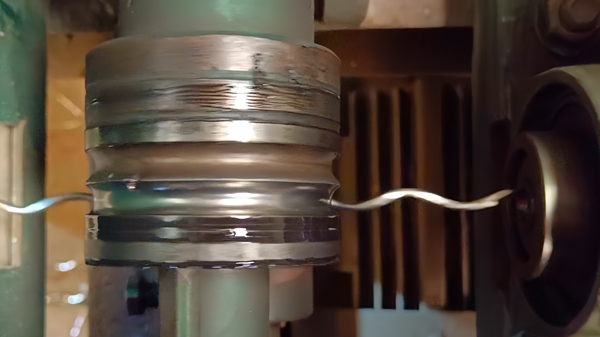 ss through running alloy wheels having customized crimps fitted on them after which they emerge with them as shown before this happens throughout this procedure adequate lubricating should be done on it to prevent incidences like scratches or damage once its length reaches its specified length then this is where ceasing of crimping takes place and the wire is cut off.
ss through running alloy wheels having customized crimps fitted on them after which they emerge with them as shown before this happens throughout this procedure adequate lubricating should be done on it to prevent incidences like scratches or damage once its length reaches its specified length then this is where ceasing of crimping takes place and the wire is cut off.
Warping and Threading:
After pre-crimping, the warp wires are either passed through a warping process for automatic looms or they are taken to the back side of machines for threading in the case of semi-automatic looms. This will make sure that warps are passed through heddles and weaving reed to be positioned correctly.

Weaving: In some cases, weft wires can either be picked up automatically by a band gripper or fed into the warp wires manually by an operative. The choice of machine depends on wire diameter as well as wire mesh specifications.

MAJOR WEAVING PATTERNS OF CRIMPED WIRE MESH

Double Crimped Pattern: Although this pattern appears almost similar to plain weave woven wires, it closely looks like a plain weave crimped pattern. The single difference is that double-crimped mesh is already crimped before the insertion of weft wires while regular plain weave takes place inside the loom with crimps being created naturally by the steel weaving reed sitting on the sley at each beat.
Intermediate Crimped Pattern includes a continuous series of multi-crimps that improve panel strength and wire rigidity while giving them a touch of elegance.
Lock Crimp Pattern: This pattern is widely used for heavy-duty sieving and screening applications which enhance screen stability and overall strength, making it ideal for architectural and design purposes as decorative cladding materials in buildings.
Flat Top Crimp Pattern: There is a different appearance on both sides of this unique pattern on wire mesh. One side has got crimps while; the other has no such roughness but a smooth surface hence minimizing friction during screening operations. It has also turned out to be popular with architects and designers in use in quarrying wire mesh; mining screens; as well as architectural applications.
Complex Decorative Crimping: These complicated crimped designs involve developing personalized patterns through customers’ drawings, sketches, and tangible samples. This process enables customized developments to be designed specifically for individual preferences, and customer requests concerning the projects and requirements. It is a unique way of incorporating art into different applications ensuring that each item is exceptional as well as satisfying special demands.
AVAILABLE MATERIALS FOR MANUFACTURING CRIMPED WIRE MESH
Iron Steel: The most cost effective wire mesh alternative commonly used in agricultural fields and industrial filtration processes.
Manganese Steel: Notable for its toughness with 65Mn crimp steel mesh found mostly in mines and quarries.
Galvanized Steel: Present in pre-hot dip and pre-electro galvanized forms, hot dip has better resistance to corrosion than standard steel mesh making it a superior substitute to common steel wire mesh.
Stainless Steel: The most commonly used material for crimped screen mesh with grade 304 being the regular stock size. Other possible options include grades like 316,316L,321, and 310 among others as per demand. Stainless steel crimped woven wires are popularly employed both in industry and architectural applications.
Nickel-Based Super Alloys: Nickel-based superalloys consist of materials such as Inconel, Incoloy, Hastelloy, and pure nickel among others refined to make strong, resistant-to-corrosion types of crimped meshes that are capable of working at high temperatures. These alloys provide reliable solutions whether for tough industrial situations or particular circumstances that call for top performance. They are utilized in industries that cannot compromise on reliability and durability including aerospace, chemical processing, and marine engineering since they must have the utmost dependability.

Copper, Brass & Bronze: Known for their excellent conductivity properties thus making them attractive alloy choices across various industries. in architecture, these metals are sought after due to their unique natural colors which do not exist anywhere else except themselves.

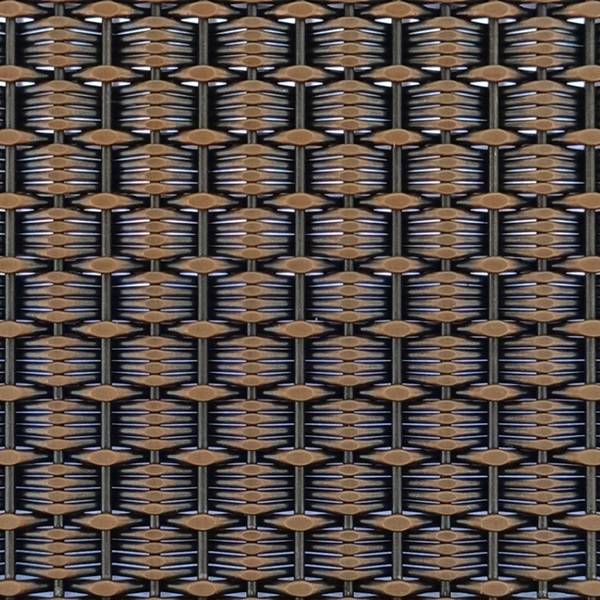
Decorative Metals for Designers and Architects
Designer Metals for Interior Cladding and Decoration including elevator cabin & lobby interiors

Plain Weave Stainless Steel Wire Mesh
Plain Weave Stainless Steel Wire Mesh
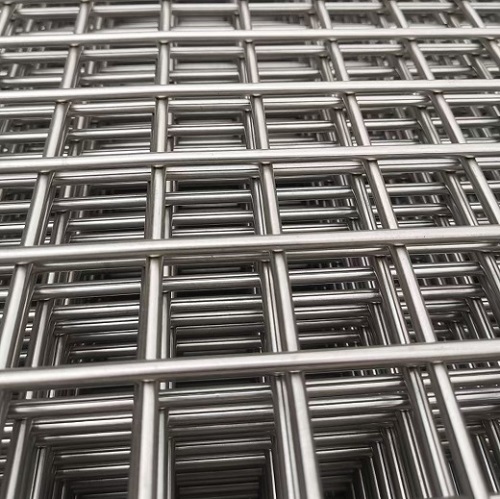
welded wire mesh in stock and custom made
Stainless Steel Welded Wire Mesh

Expanded Metal Sheet is a three-dimensional sheet metal mesh that is firstly cut and then quickly stretched to form repeated diamond-shaped hole patterns.
Architectural Expanded Metal

Most Popular Material: AL Grade 3003, AL Grade 5052, Pre-Galvanized Steel Sheet.
Decorative Perforated Sheet

Antique Brass Plated Divider Mesh Strip 2.2x1.2mm, Wire Diameter 1.5mm
Antique Brass Plated Architectural Mesh for Room Dividers and Partitions - METART-WW26B-
©COPYRIGHT METART BUILDING TEC CO., LTD | ALL RIGHTS RESERVED | PRIVACY POLICY